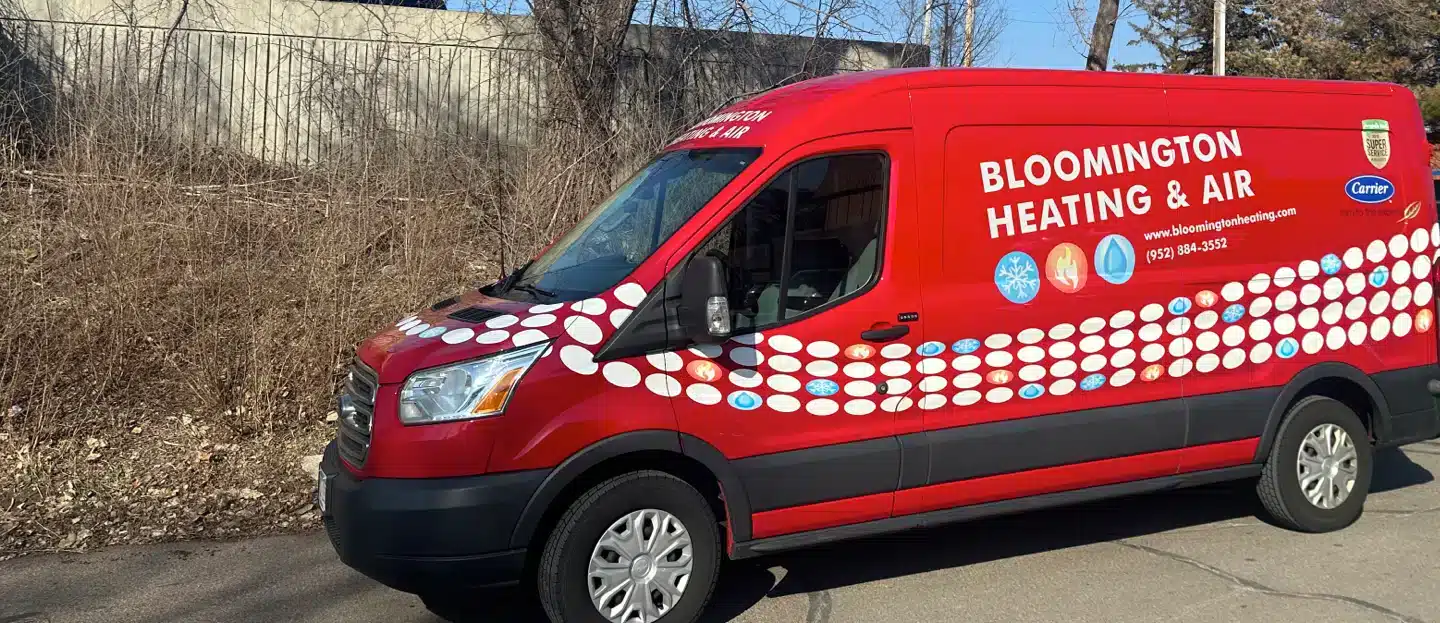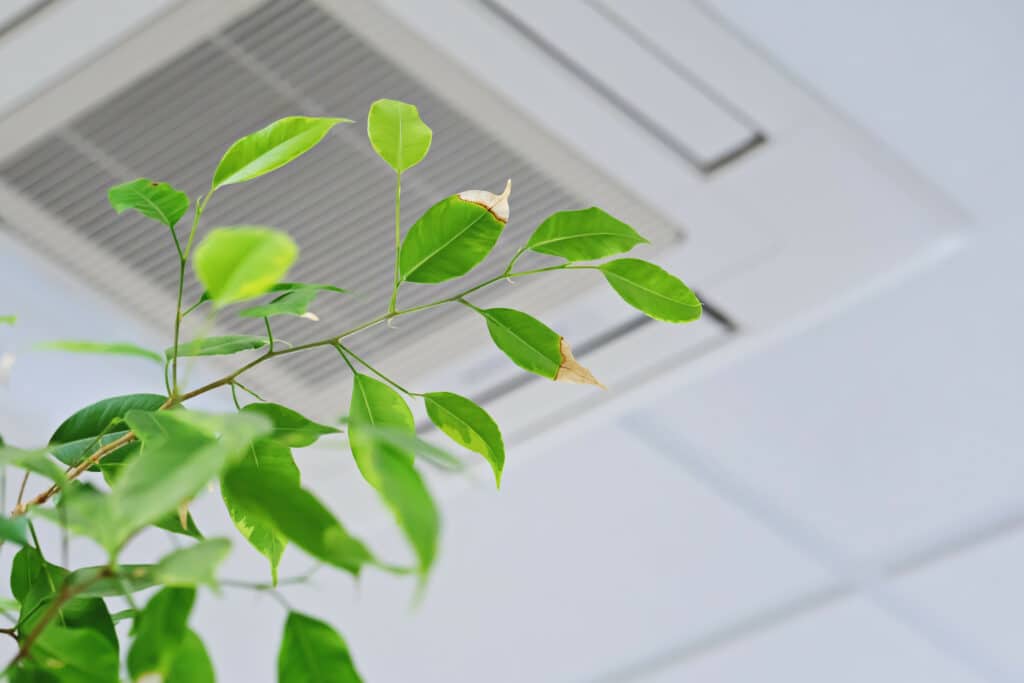What Is The Ideal Humidity Level For Your Home In Summer?
Trustworthy Team, Locally Owned

24/7 Emergency Phone Line
Family Owned & Operated
Licensed, Bonded & Insured
The scorching heat of summer can put a damper on outside activities and bring excess humidity into your home, which could affect your comfort, health, and the structure of your property. Too much humidity can create the perfect environment for mold and bacteria and cause problems with your home’s furniture and structure, not to mention its indoor air quality. When it comes to your home’s humidity levels, it can play a major role in your family’s comfort. The HVAC technicians Bloomington Heating & Air have put together this guide on the ideal indoor humidity levels for your home during the summer.
Contact Bloomington Heating & Air today for quick and efficient HVAC service, learn more about HVAC energy efficiency, or schedule air conditioning service!

What Is The Most Comfortable Humidity Level For Your Home In Summer?
Finding the perfect balance between humidity levels can be quite a challenge, but the Environmental Protection Agency recommends keeping your home’s relative humidity, which refers to the percentage of how much moisture the air can hold at a given temperature, below 60%, somewhere between 30–50%.
Problems Caused By High Humidity
If your home is too humid, it can cause health problems and damage to your property. Below, we have outlined some of these problems.
Health Issues Caused By High Humidity
Sweating is the body’s natural way of cooling itself, but increased indoor humidity levels can interfere with this process as sweat does not evaporate as easily in humid weather. This can lead you to sweat more as the body’s natural cooling process doesn’t work efficiently, leading to dehydration. In addition, excessive sweating can lead to heat rash, itchiness, and the growth of bacteria on your skin. High humidity levels can also encourage mold growth, which can cause respiratory ailments and increase asthma and allergy symptoms.
Damage To Your Property
Excessive humidity in your home can also cause damage to your property. Your walls are a prime spot for condensation to gather, which can cause flaking paint or curling wallpaper. High humidity can also damage wood, whether by creating stains or causing more severe decay, and wood expansion, which can cause windows and doors to stick. Mold growth can also cause structural and furniture damage, along with decreasing the indoor air quality of your home.
How To Reduce Humidity Levels At Home In Summer
Getting humidity levels to an ideal range while maintaining a comfortable humidity level can be a tricky problem. The following are ways homeowners can achieve the perfect humidity level for them and their family.
Open A Window
One of the cheapest and easiest ways to dehumidify your home is to open a window and let in air. In addition, you can use a fan to push more air out the window, similar to an exhaust fan in a bathroom. But, if the humidity outside is equal to or greater than the indoor humidity, this solution won’t work. Also, keep in mind that the temperature outside can also make you and your family uncomfortable.
Use A Dehumidifier
Dehumidifiers are an excellent solution to lower humidity levels because they absorb excess moisture from the air. As air moves over a dehumidifier’s refrigerated coils, moisture is drawn from it and put into its tank. While you can use these anywhere, they are beneficial when placed in moisture-rich environments, such as basements and laundry rooms.
Invest In A Humidifier
If you are noticing your air conditioner is drying out your home, meaning there isn’t enough humidity in the house, you can run a humidifier along with it to create the perfect balance between temperature and humidity. This can also help keep rooms cooler and allow you to raise the temperature of the air conditioning, therefore using less energy. However, if your air conditioner isn’t dehumidifying, it could mean there is a bigger problem at hand, so we recommend calling in an experienced HVAC technician for air conditioning repairs.
